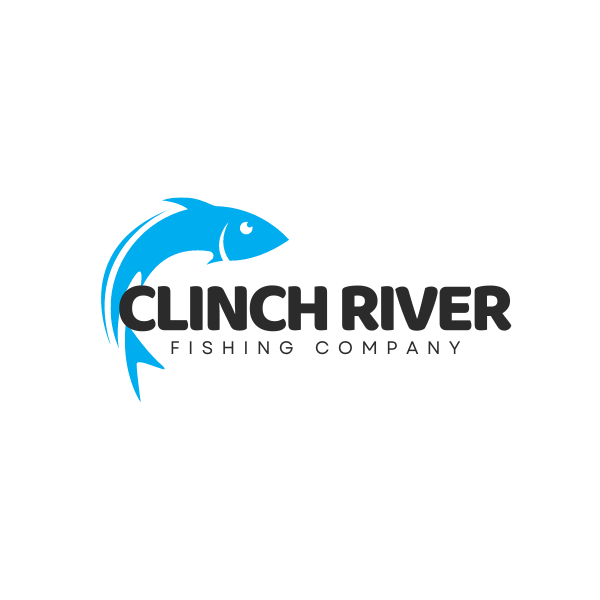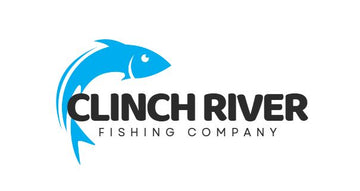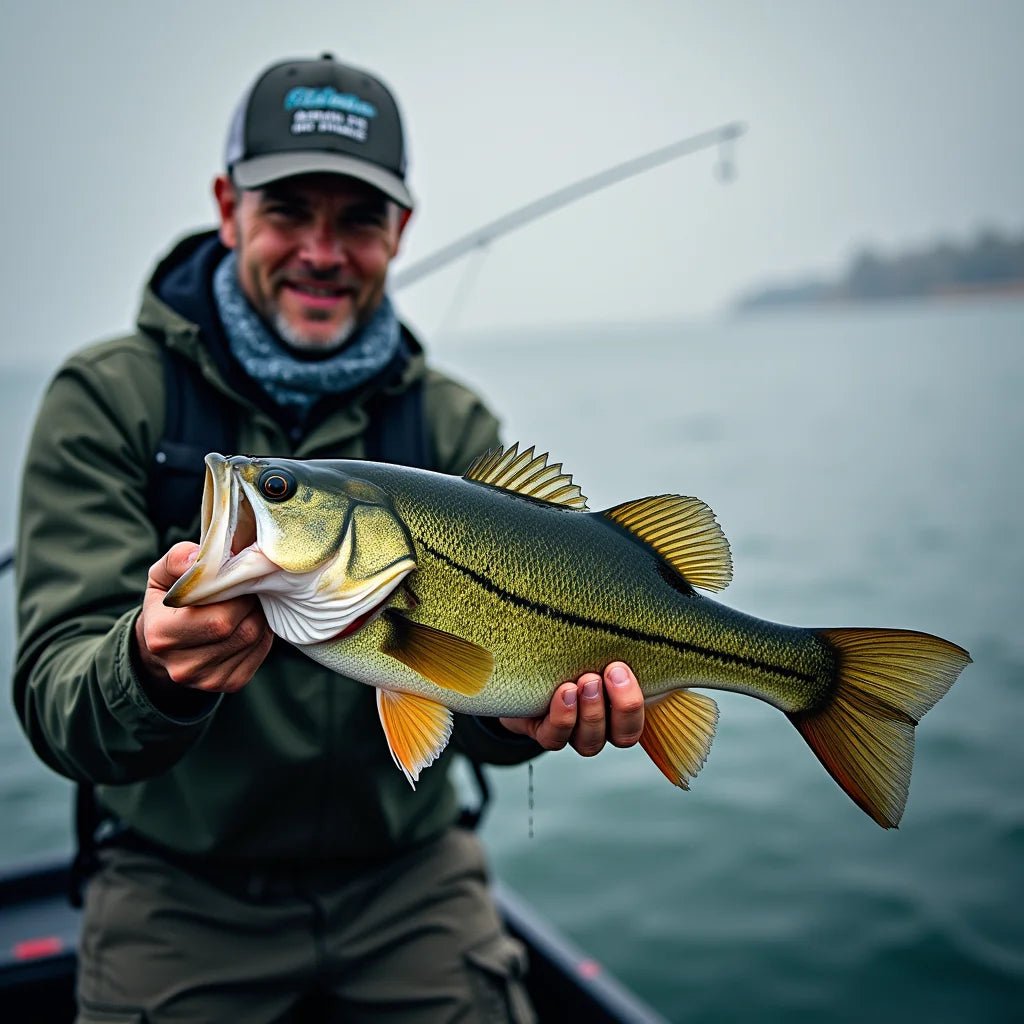Updated on: 2025-10-03
Table of Contents
- Bass Fishing Introduction and What You Will Learn
- Bass Fishing Product Spotlight: Practical Gear That Helps
- Bass Fishing Myths vs. Facts
- Frequently Asked Questions About Bass Fishing
- Final Recommendations for Better Bass Fishing
Bass Fishing Introduction and What You Will Learn
Bass fishing can feel simple and peaceful, yet it rewards patience and skill. In this guide, you will find friendly insights that help with bass angling and fishing for bass under changing conditions. Within the first few trips, many anglers notice how different water clarity, wind, and light can shape the bite. You will explore dependable bass lures for shallow and deeper water, learn how to choose a clear plan for each outing, and pick up kind, low-stress habits that lead to more steady success.
If you are new to freshwater fishing, it may help to begin with small, clear goals. For example, you might plan to cover a short stretch of bank, test two or three lure styles, and fish at two speeds. That simple routine builds confidence. If your local water is similar to the Clinch River or other clear, current-driven systems, an understanding of flow and shade lines can be especially helpful. For regional inspiration and trip ideas, you may enjoy exploring Clinch River fishing resources, as they often highlight practical patterns that translate well to many waters.
Bass Fishing Product Spotlight: Practical Gear That Helps
This section does not promote a single brand. Instead, it highlights reliable categories of gear that tend to support a smooth day on the water. By choosing a few versatile tools, you often reduce decision fatigue and enjoy the quiet moments that make bass fishing special.
Bass lures that cover top, middle, and bottom water
To work through most conditions, a balanced selection of bass lures is helpful. Consider this simple trio:
- Topwater popper or walking bait: Best in calm to light chop, around dawn or dusk, or when you see surface activity. It helps trigger reaction bites near cover and along shade lines.
- Mid-depth crankbait or chatterbait: Effective for covering water when bass roam points, weed edges, or riprap. Choose a diving depth that ticks the top of grass or rocks without constant snagging.
- Bottom contact finesse bait: A Texas-rig worm, Ned rig, or shaky head is gentle and consistent. These options shine when the bite feels cautious, water is clear, or pressure is high.
This three-lure plan helps you read the day. If topwater draws a few misses, switch to a mid-depth bait to convert follows. If the mid-depth bite slows, a finesse presentation often earns that extra bite by slowing down and letting the bass commit.
Rods, lines, and simple setup for freshwater fishing
A medium or medium-heavy spinning or casting rod covers many bass fishing needs. Pair it with 10–12 lb fluorocarbon for clear water or a braid-to-fluoro leader for sensitivity and abrasion resistance. Heavier cover may call for 30–50 lb braid on a casting setup. Keeping tackle simple reduces stress and makes it easier to notice what truly changes your results.
If you are comparing methods across different fisheries, local knowledge is kind and efficient. A brief look at an outfitter’s background page, such as an About resource, can highlight the line sizes and rod powers that fit nearby lakes and rivers.
Tackle storage and small tools that save time
Neat storage helps you spend more time casting and less time sorting. A small waterproof box for terminal tackle, one slim box for moving baits, and a soft bag for plastics covers most trips. Add braid scissors or compact pliers, spare leaders, and a hand towel. These simple tools make quiet moments smoother and reduce frustration along the bank or boat.
Bass Fishing Myths vs. Facts
It is natural to pass along tips we hear on the dock. Still, a few ideas can become myths. Here are three gentle clarifications that may help.
Myth: Bass only bite in perfect weather
Fact: Bass feed in many conditions. Stable weather often helps, yet wind can push baitfish into ambush zones and cloud cover may extend a shallow bite. Even bluebird skies can produce with finesse tactics near shade, current, or depth changes.
Myth: One lure works everywhere
Fact: A dependable lure can be a comfort, but water clarity, depth, cover, and forage shape the best choice. Rotating between topwater, mid-depth, and bottom contact baits helps you learn what the fish prefer on a given day.
Myth: A fast retrieve always wins
Fact: Speed depends on mood and water type. A steady retrieve can be fine, yet pauses, subtle twitches, and speed changes often trigger more strikes. If you feel unsure, start slow and add speed in short tests until you notice a pattern.
Frequently Asked Questions About Bass Fishing
The following answers are brief and clear. They aim to give you a calm, confident starting point, with room to adapt to your local waters.
What is the best time of day for bass fishing?
Low light periods—early morning and late afternoon—are often steady, especially along shade lines, grass edges, and shallow flats. Midday can still be productive by targeting deeper structure, docks, or windy points. Cloud cover and a light breeze can extend shallow activity, so it may be worth staying flexible and watching how the water looks and feels.
What lures work best for largemouth bass?
For largemouth bass, a simple selection works well across many lakes and ponds: a topwater walking bait, a mid-depth crankbait or chatterbait, and a bottom contact plastic (Texas-rig worm, creature bait, or Ned rig). In dirty water, lean into vibration and color contrast (chatterbait, squarebill, or a dark jig). In clear water, finesse plastics and natural colors often shine.
Bass fishing tips for beginners from shore
Pack light and keep a tidy plan. Walk-and-cast with two or three rods or a single versatile setup. Cast parallel to the bank to stay in the strike zone longer, and target visible edges: grass lines, laydowns, riprap, and shade pockets. If you notice follows but no strikes, change your angle, slow your retrieve, or switch to a smaller profile. If you have local questions, a quick note through a Contact page can guide you toward helpful access points and safety notes.
Best bass fishing techniques for spring
As water warms, bass move from deep winter areas toward staging spots and then to shallow flats. The best bass fishing techniques for spring often include slow-rolled spinnerbaits along windy banks, lipless crankbaits across grass, and bottom contact plastics near transition lines. If a cold snap arrives, step back to the first drop or channel swing and slow down with a jig or finesse worm.
What line type and pound-test should I use?
A balanced approach is kind to beginners and experienced anglers alike. Use 10–12 lb fluorocarbon for clear water with moving baits and bottom contact plastics. Choose 30–50 lb braid for heavy grass or wood, often with a short fluorocarbon leader in clear water. Spinning setups pair well with 10–15 lb braid and a 6–10 lb fluorocarbon leader for finesse presentations.
Final Recommendations for Better Bass Fishing
It may feel encouraging to set a small plan each outing: choose one area, three baits, and two retrieve speeds. Take gentle notes on weather, clarity, and where the bite came from. With a few trips, patterns become easier to see, and bass fishing starts to feel more relaxed and consistent. When conditions shift, lean on the core trio—top, mid, and bottom—so you always have a starting point.
Be patient with yourself. Bass angling rewards steady attention more than force. If the bite slows, rest a spot and return later with a calmer approach. Respect the fish and the water by handling catches carefully and picking up any stray line or plastic. If you enjoy reading local perspectives and trip stories, a current Blog can offer ideas you can adapt on your next day outside.
As you keep fishing for bass, your confidence grows. Simple choices—like matching lure depth to the structure in front of you—can make each hour more productive. With a thoughtful plan, a tidy tackle bag, and a kind mindset, you give yourself the best chance to notice the details that matter and enjoy every cast.

Owner and CEO of Clinch River FIshing USA. A marine electroncs, fishing and outdoor store.

